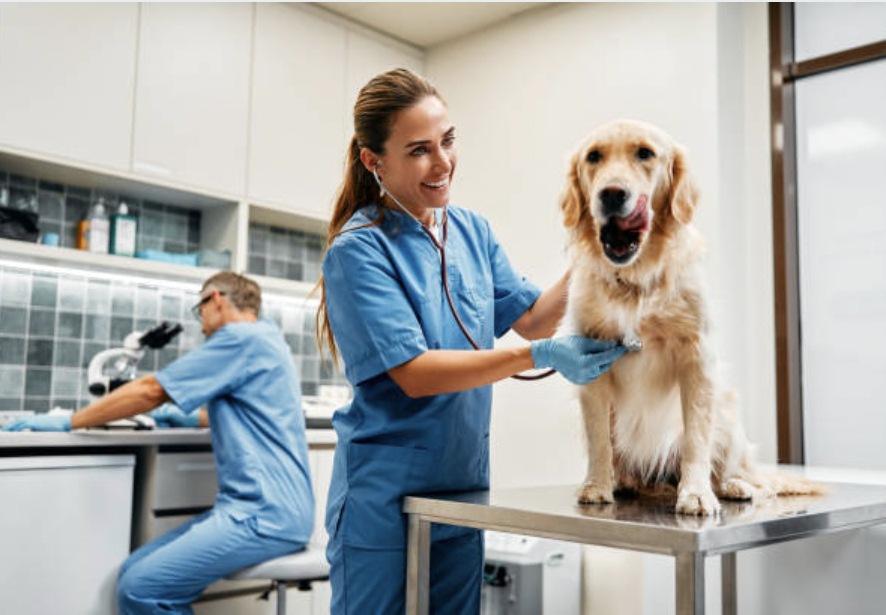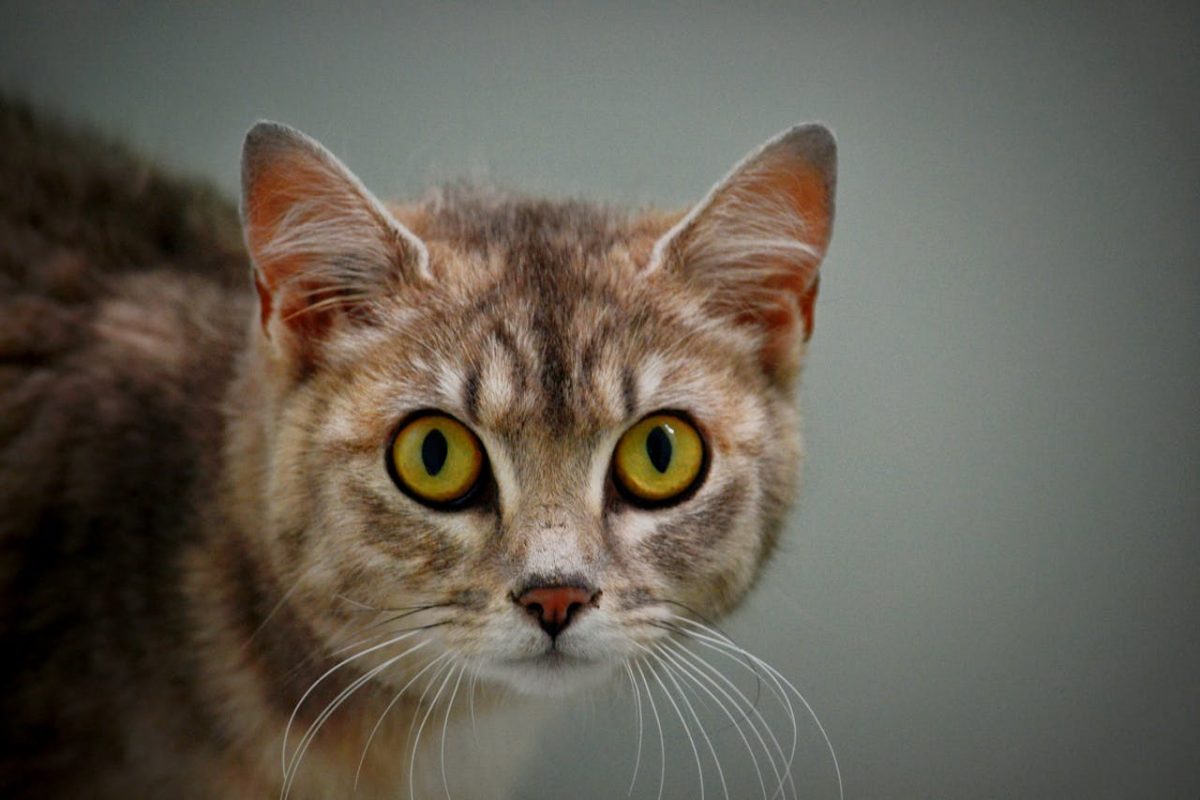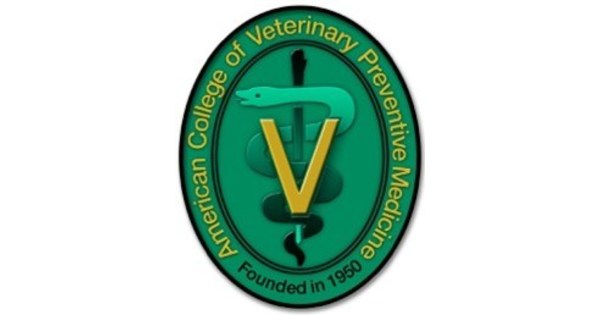Minnesota has made a significant stride by incorporating veterinary technicians into its Veterinary Practice Act, a milestone nearly two decades in the making for the state’s veterinary professionals.
The groundbreaking legislation was part of a 1430-page omnibus bill, passed by the Minnesota state legislature on May 19 and promptly signed into law by Governor Tim Walz. With this new law, licensed veterinary technicians (LVTs) will now be regulated by the Minnesota Board of Veterinary Medicine (MBVM).
The MBVM is authorized to establish licensure and practice requirements for LVTs, a process expected to span 12 to 18 months, according to the Minnesota Veterinary Medical Association (MVMA). The new rules will become effective on July 1, 2026. To qualify as an LVT, candidates must complete an AVMA Committee on Veterinary Technician Education and Activities (CVTEA) accredited program and pass both the Veterinary Technician National Examination (VTNE) and the Minnesota Veterinary Technician Jurisprudence Examination. There is also a provision for individuals who have been working as veterinary technicians for at least 2.5 years full-time in the last five years to apply for licensure by July 1, 2031, even if they don’t meet the initial educational requirements.
Historically, the MVMA has offered a voluntary certification program for veterinary technicians who graduated from a CVTEA-accredited program and passed the VTNE. However, there was no legal definition or distinction from those trained on the job or who did not pass the VTNE. Furthermore, veterinary technicians were only permitted to work under direct supervision of a veterinarian, who bore full responsibility for the employee’s professional performance. The new legislation expands the scope of practice, allowing LVTs to work under remote supervision and supervise unlicensed staff.
Dr. Ann Brownlee, MVMA president, credited the bill’s passage to a collaborative effort by the MVMA and the Minnesota Association of Veterinary Technicians (MAVT) that began over twenty years ago.
In recent years, the MVMA actively engaged with legislators, both in-person and remotely, with significant support from their lobbyist. The association also organized town hall meetings to galvanize member support.
Dr. Brownlee recounted a veterinarian’s experience of needing to see a client daily for 14 days just to administer an injection, as a veterinary technician could not legally perform the task without direct supervision.
“Veterinarians highly value veterinary technicians. We hope this legislation will elevate the profession. As the rules are developed, we aim to adjust the scope of practice to include remote supervision and independent work for vet techs,” Dr. Brownlee stated.
She added, “Optimizing the utilization of veterinary technicians should enhance their earnings and job satisfaction. Title protection is crucial, and we are firm on this stance.”
Dr. Janet Donlin, AVMA CEO, expressed support in a 2022 letter to the MVMA, advocating for licensure to acknowledge the professional skills of veterinary technicians, improve patient care quality, and ensure public protection.
“Licensing veterinary technicians will not only raise the standards of veterinary technology but also acknowledge the vital role they play in Minnesota’s veterinary practices,” Dr. Donlin wrote.
Currently, eight states do not regulate veterinary technicians, though some offer voluntary credentials: Connecticut, Florida, Massachusetts, New Hampshire, New Jersey, Rhode Island, Vermont, and Wyoming.
“We are pleased to join the majority of states with some form of licensing or registration for veterinary technicians and are grateful for the state’s support,” Dr. Brownlee concluded.



